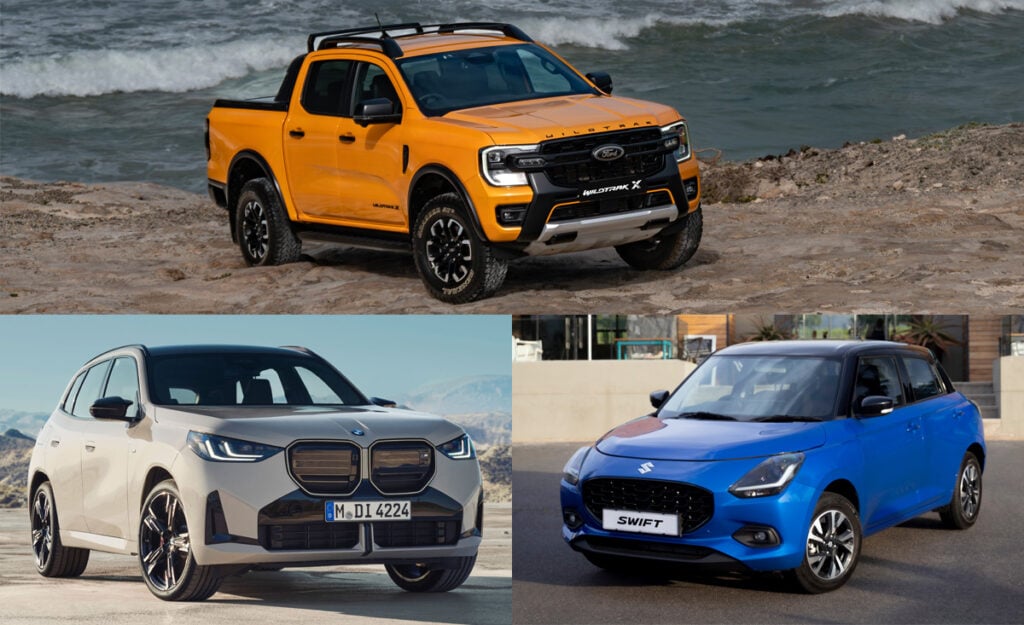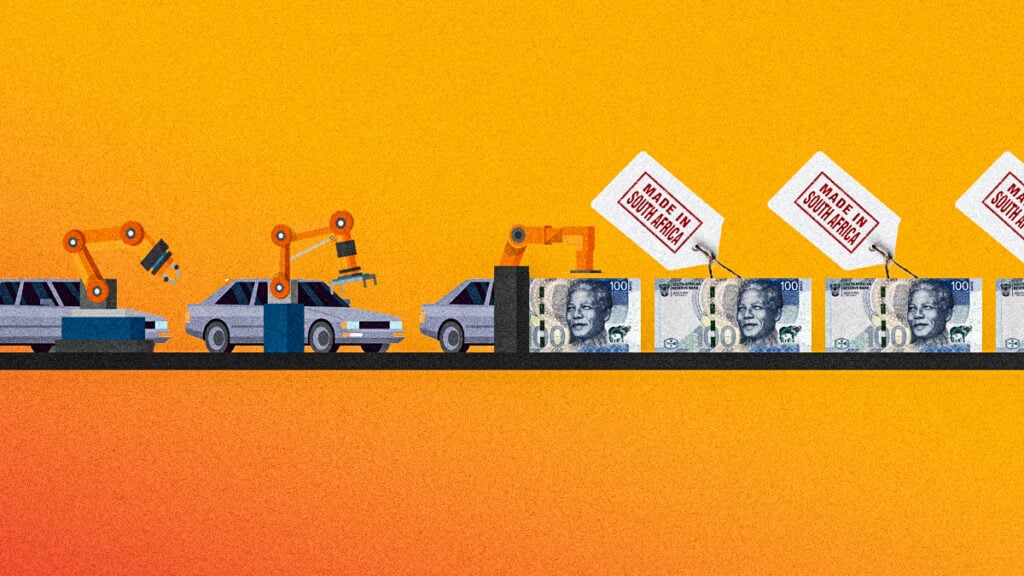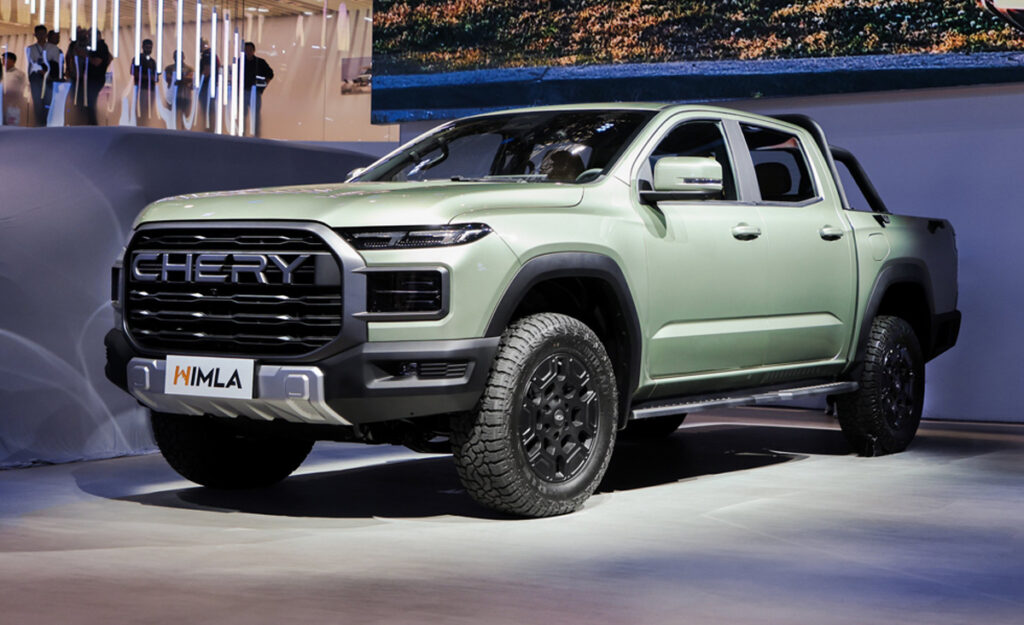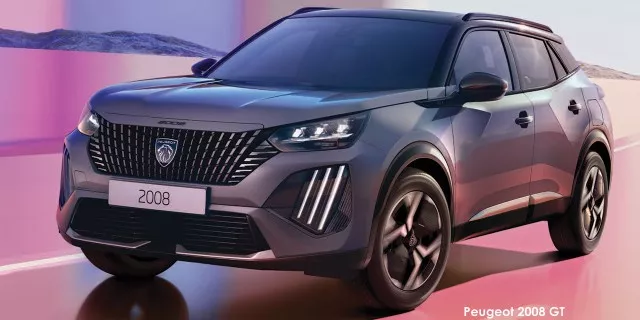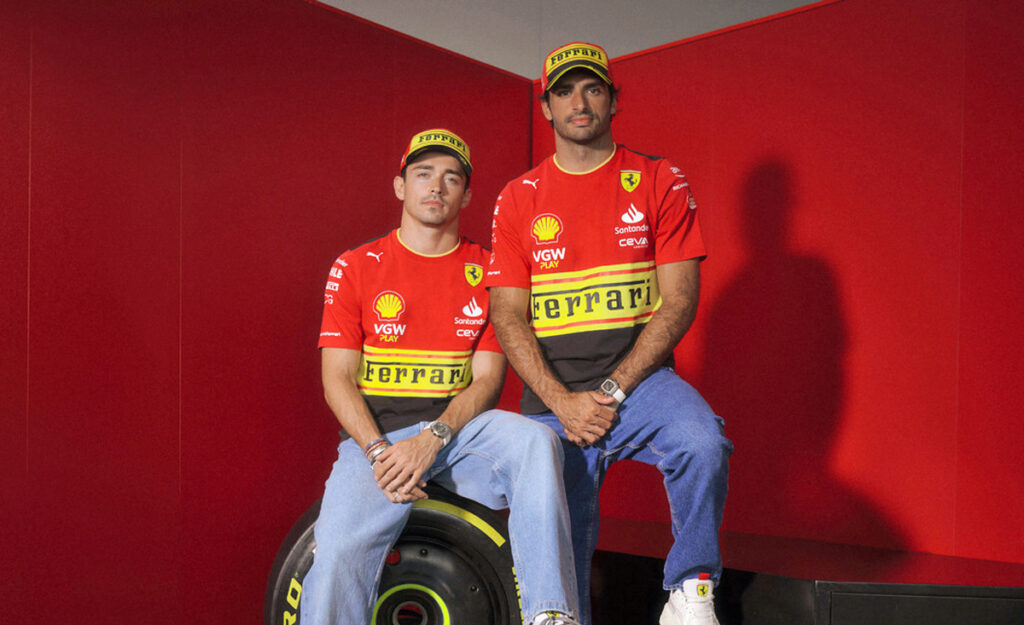
There is a common misconception that Ferrari makes more money from merchandise sales carrying its likeness than from its supercars.
The logic is sound, millions of Tifosi, what Ferrari lovingly calls its fans, are able to afford T-shirts, caps, bags, shoes, sunglasses, watches, and toy models bearing the famous Prancing Horse logo, which usually aren’t that cheap, but only a fraction of those actually have the financial means to purchase a real car from the Italian marque.
However, looking at Ferrari’s recently published financial statements for the first half of 2023, it’s clear the company’s biggest moneymakers remain its breathtaking supercars and grand tourers, and not its branded accessories.
Ferrari’s biggest moneymakers
For the first six months of this year ending June 30, Ferrari raked in a total of €2.903 billion (R58.96 billion) in revenue, up 17% year-on-year, with “Sponsorship, commercial, and brand” revenue totaling €277 million (R5.63 billion), or around 9.5% of the company’s total income.
Sponsorship, commercial, and brand revenue comprise monies earned by the Scuderia F1 and World Endurance Championship racing teams through sponsorship agreements, Ferrari’s share of the F1 commercial revenues, and net revenues generated through the Ferrari brand “including fashion collection, merchandising, licensing, and royalty income,” said the organisation.
According to FormulaPedia, Ferrari makes around €235 million (R4.77 billion) from Formula 1 in half a year through sponsorships and winnings, and much much less from the World Endurance Championship.
Therefore, the amount it truly earns from T-shirts, hats, jewellery, and the like is in and around €30-40 million (R609-812 million), less than 1.4% of its total revenue.
Apart from sponsorships and merchandising, Ferrari has three other income streams that keep it afloat, including:
- Cars and spare parts – €2.5 billion (R51 billion) revenue for H1 2023
- Engine sales in F1 and for passenger cars – €60 million (R1.22 billion) revenue for H1 2023
- Financial service, management of the Mugello racetrack, and other sports-related activities – €66 million (R1.34 billion) revenue for H1 2023
The massive contribution that car sales had to the company’s income is attributed to a rapid rise in deliveries and output in the past seven-odd years.
In 2015, Ferrari shipped 7,664 vehicles to customers for an annual revenue of €2.85 billion (R58 billion), which shot up to 13,221 units in 2022 for an annual revenue of €5.1 billion (R104 billion).
Deliveries for H1 2023 continue to increase sitting at 6,959 units at the end of June, up 253 units year on year, with revenue seeing an even more substantial rise “thanks to a richer product mix, as well as the increased contribution from personalizations and pricing,” said the company.
If the trends persist, Ferrari is set to have another record-breaking year in 2023 with its branded T-shirts having very little to do with it.



